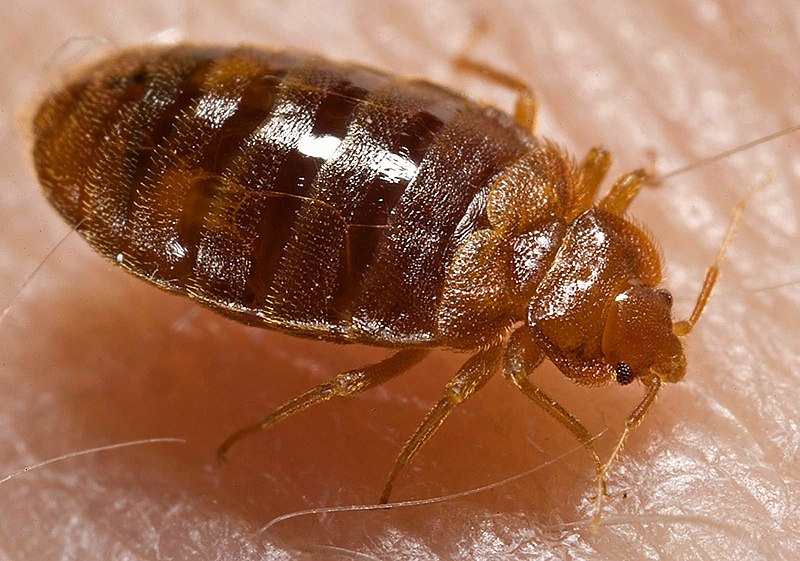فيشي:Bed bug, Cimex lectularius.jpg
السيفة

حجم هاد المعاينة: 800 × 561 بكسل. أبعاد أخرى: 320 × 224 بكسل | 640 × 449 بكسل | 1,024 × 718 بكسل | 1,280 × 898 بكسل | 1,600 × 1,122 بكسل
لفيشي لأصلي (1,600 × 1,122 پيكسيل، تيساع لفيشي: 161 كيلوبايت، نوع لميديا: image/jpeg)
ليسطوريك د لفيشي
ورك على تاريخ/ساعة باش تشوف هاد لفيشي كيف كان كايبان ف داك لوقت
| نهار/توقيت | تصغير | الأبعاد | خدايمي | تعليق | |
|---|---|---|---|---|---|
| ديال دابا | 15:11، 17 ماي 2007 |  | 1,600 × 1,122 (161 كيلوبايت) | Patho | == Summary == {{Information |Description=ID#: 9822 Description: This 2006 photograph depicted an oblique-dorsal view of a '''bed bug nymph, Cimex lectularius''', as it was in the process of ingesting a blood meal from the arm of a “voluntary” human h |
تخدام لفيشي
هاد 1 صّفحات كيخدّمو هاد لفيشي:
التخدام لعالمي د لفيشي
لويكيات التالية كاتخدّم هاد لفيشي:
- التخدام ف af.wikipedia.org
- التخدام ف an.wikipedia.org
- التخدام ف ar.wikipedia.org
- التخدام ف arz.wikipedia.org
- التخدام ف ast.wikipedia.org
- التخدام ف as.wikipedia.org
- التخدام ف azb.wikipedia.org
- التخدام ف az.wikipedia.org
- التخدام ف be.wikipedia.org
- التخدام ف bg.wikipedia.org
- التخدام ف bjn.wikipedia.org
- التخدام ف bn.wikipedia.org
- التخدام ف bs.wikipedia.org
- التخدام ف ca.wikipedia.org
- التخدام ف ca.wikiquote.org
- التخدام ف ca.wiktionary.org
- التخدام ف ceb.wikipedia.org
- التخدام ف cs.wikipedia.org
- التخدام ف cv.wikipedia.org
- التخدام ف dag.wikipedia.org
- التخدام ف de.wikibooks.org
- التخدام ف din.wikipedia.org
- التخدام ف el.wikipedia.org
- التخدام ف eml.wikipedia.org
- التخدام ف en.wikipedia.org
- التخدام ف en.wikinews.org
- التخدام ف en.wiktionary.org
شوف تّخدام لأعم ديال هاد لفيشي.

